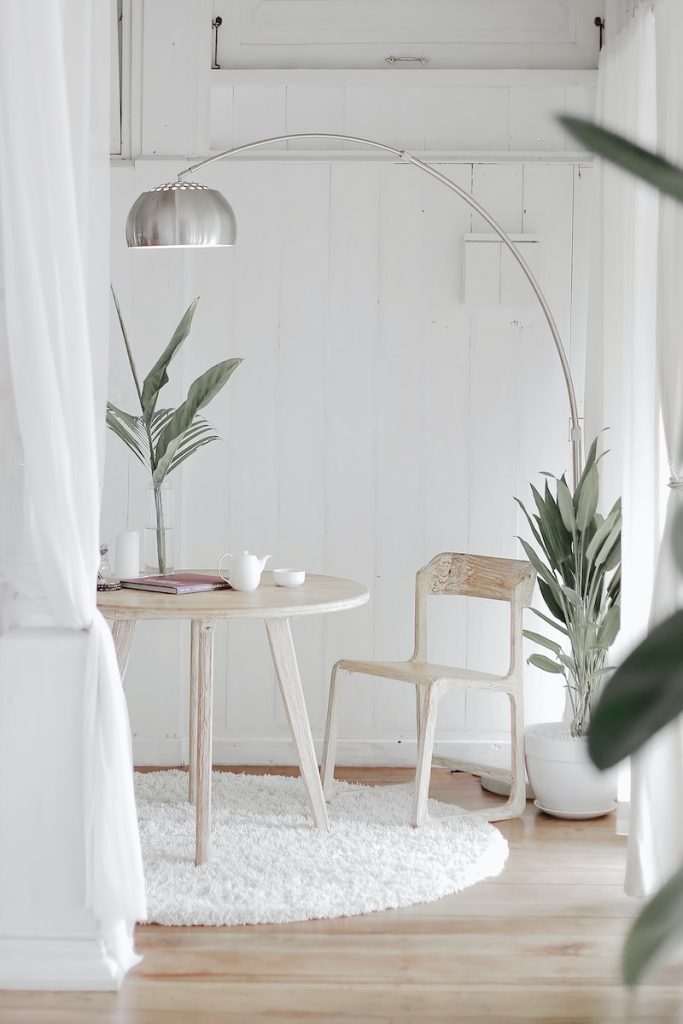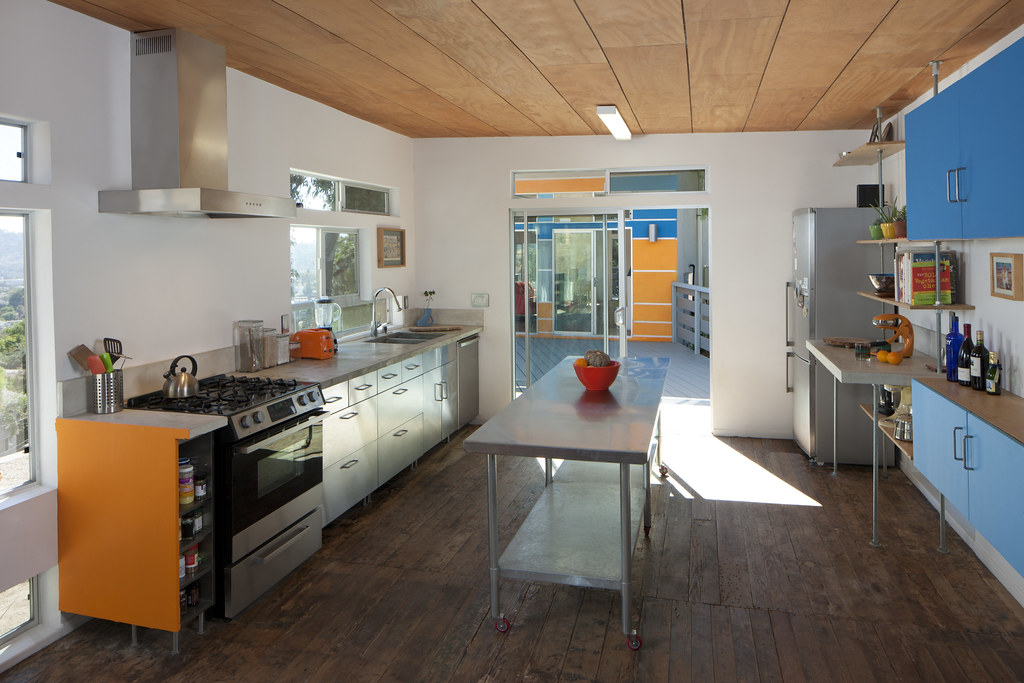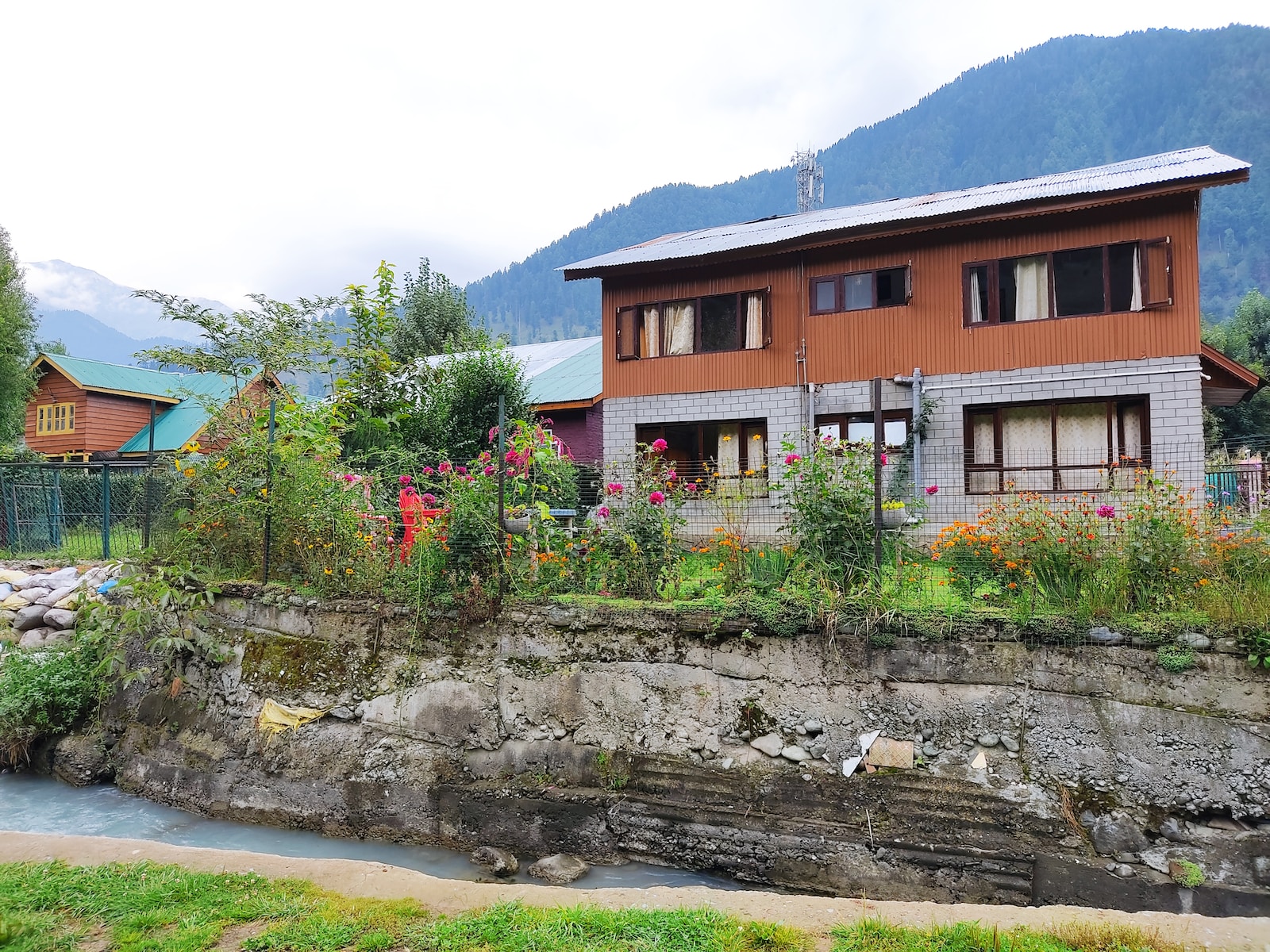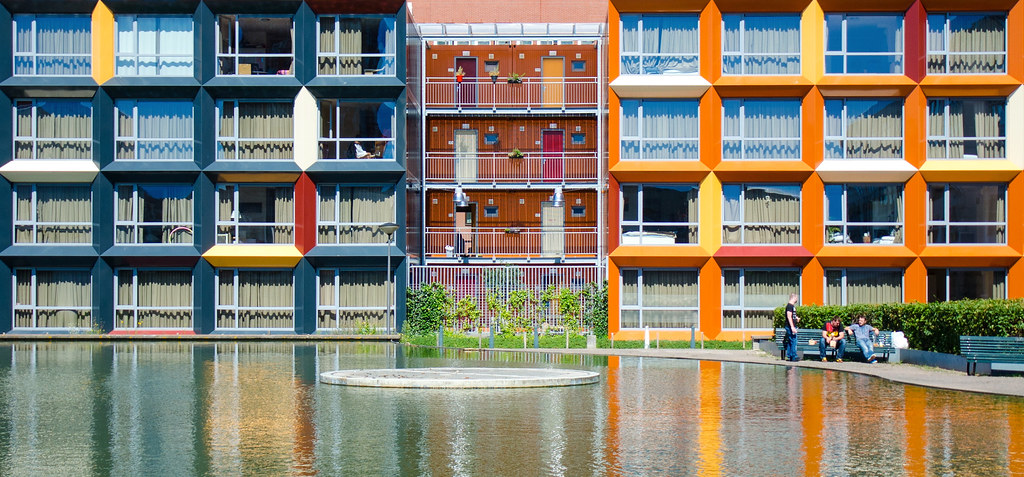Greetings, fellow container home enthusiasts! I’m Lulaa Black, and I’ve been sharing my insights and experiences in the world of container homes for four incredible years now. Today, I want to shine a light, quite literally, on one of the most vital aspects of container home living: the role of natural light and ventilation.
We often hear about the aesthetic appeal and sustainability of container homes, but one aspect that’s frequently overlooked is how these homes can harness the power of the sun and the wind to create a more comfortable and eco-friendly living environment.
Let There Be Light
Light is an essential element in any living space, but in the compact confines of a container home, it becomes even more critical. Natural light not only enhances the aesthetics of your home but also has a profound impact on your physical and mental well-being. Here’s why it matters:
Container homes are known for their sustainability, and using natural light reduces the need for artificial lighting during the day, which is both eco-friendly and cost-effective.
Sunlight has been proven to boost our mood and increase productivity. When your container home is flooded with natural light, you’ll feel more cheerful and motivated.
The interplay of light and shadows can create stunning visual effects within your container home. The dynamic nature of sunlight adds depth and character to your living space.
A Breath of Fresh Air
Ventilation is the unsung hero of container home living. Proper airflow not only ensures that your home remains comfortable but also contributes to a healthier living environment. Here’s why ventilation is so crucial:
Adequate ventilation helps maintain a comfortable temperature inside your container home, reducing the need for energy-intensive heating and cooling systems.
Proper ventilation ensures a steady supply of fresh air, which is essential for your health. It helps to eliminate indoor pollutants, odors, and excess humidity.

In a container home, condensation can be a real issue. Ventilation helps prevent condensation buildup, which can lead to mold and other problems.
To make the most of natural ventilation in your container home, consider these tips:
Installing windows that can be opened and closed allows you to control the airflow within your home. Think about cross-ventilation, where you can open windows on opposite sides of your container to create a refreshing breeze.
You can also opt for mechanical ventilation systems, such as fans or vents, to ensure a continuous supply of fresh air. These systems can be particularly useful in regions with extreme weather conditions.
When designing your container home, think about creating airflow pathways. Position windows and vents strategically to facilitate the movement of air within the space.
The Harmony of Light and Ventilation
Now, let’s explore the beautiful synergy that happens when natural light and ventilation work hand in hand to transform your container home into a serene haven:
Imagine cooking in a kitchen flooded with sunlight, while a gentle cross-breeze carries the aroma of your culinary creations throughout your home. Natural light and ventilation can transform your kitchen into a joyful space.
Even in a compact bathroom, the combination of natural light and ventilation can work wonders. Picture a refreshing shower with sunlight streaming in, and a ventilation fan whisking away steam and odors.
Container homes are known for their adaptability. By carefully planning your natural light and ventilation, you can create versatile spaces that seamlessly transition from day to night, work to leisure.
Challenges and Solutions

It’s important to note that maximizing natural light and ventilation in a container home comes with its own set of challenges. Container homes have limited space, and sometimes, finding the right balance between insulation and ventilation can be tricky. However, with some creativity and thoughtful design, these challenges can be overcome.
Consider using materials with high thermal mass like concrete or brick for the interior. These materials can absorb heat during the day and release it at night, reducing the need for constant heating and cooling.
Invest in high-quality, insulated windows to prevent temperature fluctuations. These windows can keep your home cozy while still allowing natural light to flood in.
If you’re concerned about too much direct sunlight and its impact on the interior temperature, you can install retractable awnings or shades to control the amount of light entering your home.
Be mindful of how you arrange your furniture. Avoid blocking windows or vents to ensure that air and light can circulate freely.
In conclusion, the role of natural light and ventilation in container homes cannot be overstated. By harnessing the power of the sun and wind, you can create a space that is not only aesthetically pleasing but also eco-friendly and comfortable. So, when designing your container home, remember to let the sunshine in and keep the air flowing. Your future self will thank you for it. Happy container living!





















Find Us on Socials